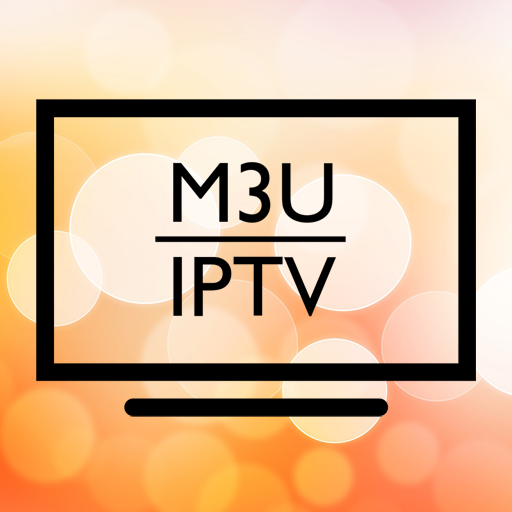A comparison
Decoding the Differences: M3U vs. M3U8 in the World of IPTV
Introduction: Unraveling the Mysteries of M3U and M3U8
In the dynamic landscape of IPTV, understanding the Differences Between M3U and M3U8 playlists is paramount. While these file formats may seem similar at a glance, a closer examination reveals nuanced variations that significantly impact IPTV streaming experiences.
Exploring M3U and M3U8: A Comparative Analysis
1. Format and Encoding Differences
- M3U: Initially developed for MP3 playlists, M3U utilizes the ASCII character encoding, limiting its compatibility with non-Latin scripts and languages.
- M3U8: In contrast, M3U8 playlists employ the UTF-8 character encoding, offering broader language support and compatibility with international content, making it more versatile for global IPTV usage.

2. Support for Multimedia Content
- M3U: While M3U playlists primarily support audio and video streams, they may encounter limitations with certain multimedia formats and codecs.
- M3U8: With its enhanced encoding capabilities, M3U8 playlists can seamlessly handle a wider range of multimedia content, including high-definition video streams and adaptive bitrate streaming, enhancing the overall viewing experience.
3. Adaptability and Future-Proofing
- M3U: Due to its legacy origins, M3U playlists may lack the adaptability and scalability needed to accommodate emerging technologies and evolving IPTV standards.
- M3U8: Embracing modern encoding standards, M3U8 playlists offer greater flexibility and future-proofing, ensuring compatibility with emerging IPTV technologies and industry advancements.
Utilizing M3U vs. M3U8: Practical Considerations

1. Compatibility and Device Support
- M3U: While widely supported across various media players and IPTV applications, M3U playlists may encounter limitations with certain devices or platforms.
- M3U8: With its broader language support and enhanced compatibility, M3U8 playlists are better suited for diverse devices and platforms, ensuring seamless playback across different environments.
2. Streaming Quality and Performance
- M3U: Depending on the encoding and compression methods used, M3U playlists may exhibit limitations in streaming quality and performance, particularly with high-definition content.
- M3U8: Utilizing advanced encoding, M3U8 playlists provide superior streaming quality and performance, particularly for high-resolution video and adaptive bitrate scenarios. Moreover, they excel in delivering seamless playback experiences.

Conclusion: Navigating the M3U vs. M3U8 Dilemma
Comparing M3U and M3U8 playlists reveals crucial distinctions shaping the IPTV landscape. M3U offers simplicity and compatibility, while M3U8 embraces modern standards, catering to diverse needs. Understanding these differences aids IPTV enthusiasts in selecting the most suitable playlist for their preferences.
IPTV users benefit from comprehending each format’s strengths and limitations to make informed playlist selections. This ensures tailored streaming experiences. Additionally, familiarity with these aspects empowers users to troubleshoot effectively when encountering playback issues.






